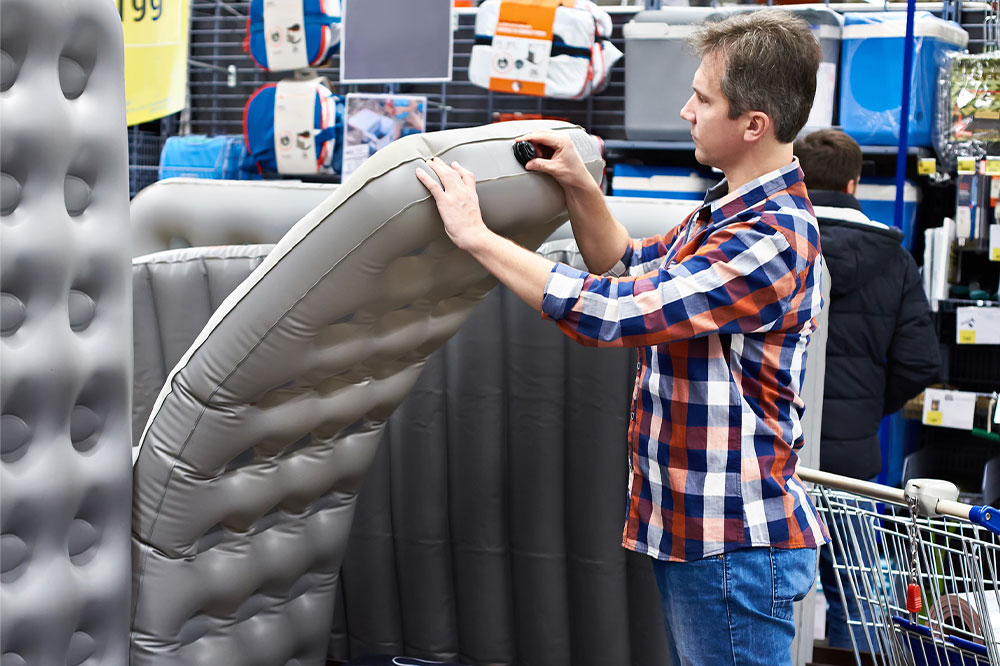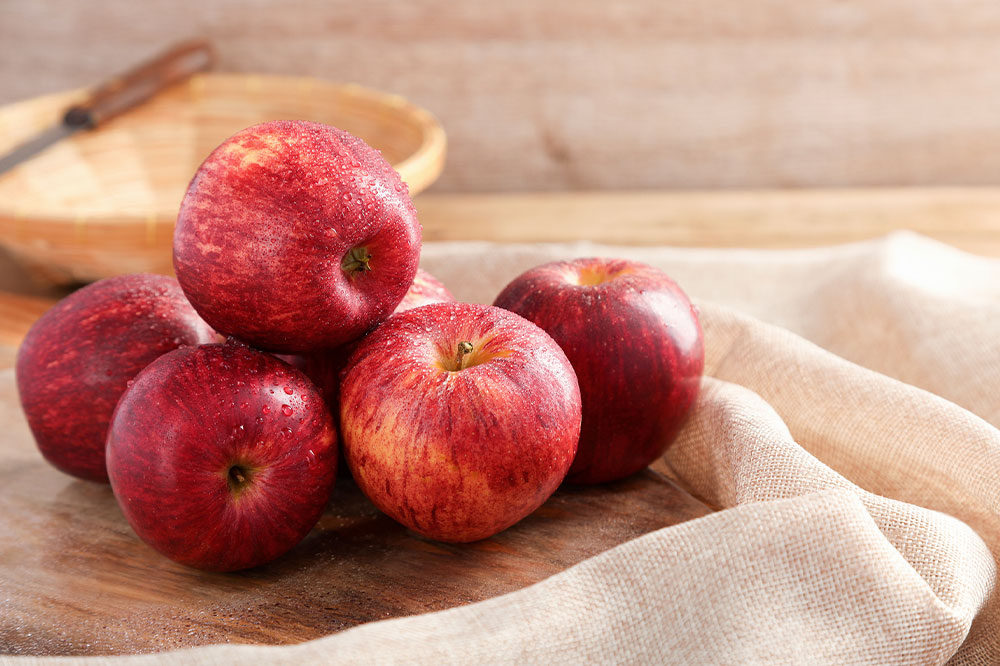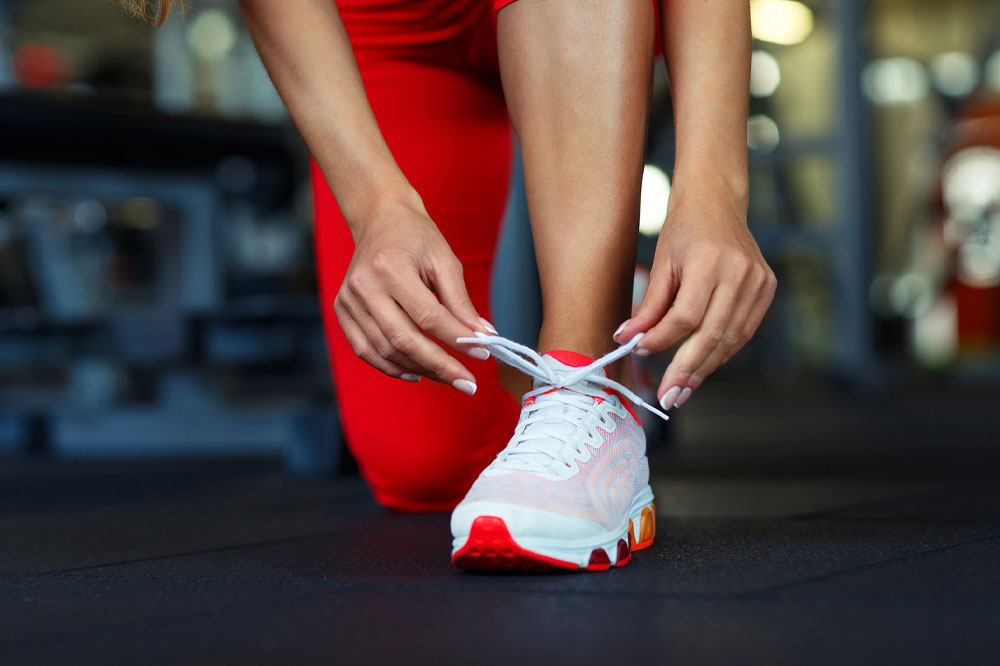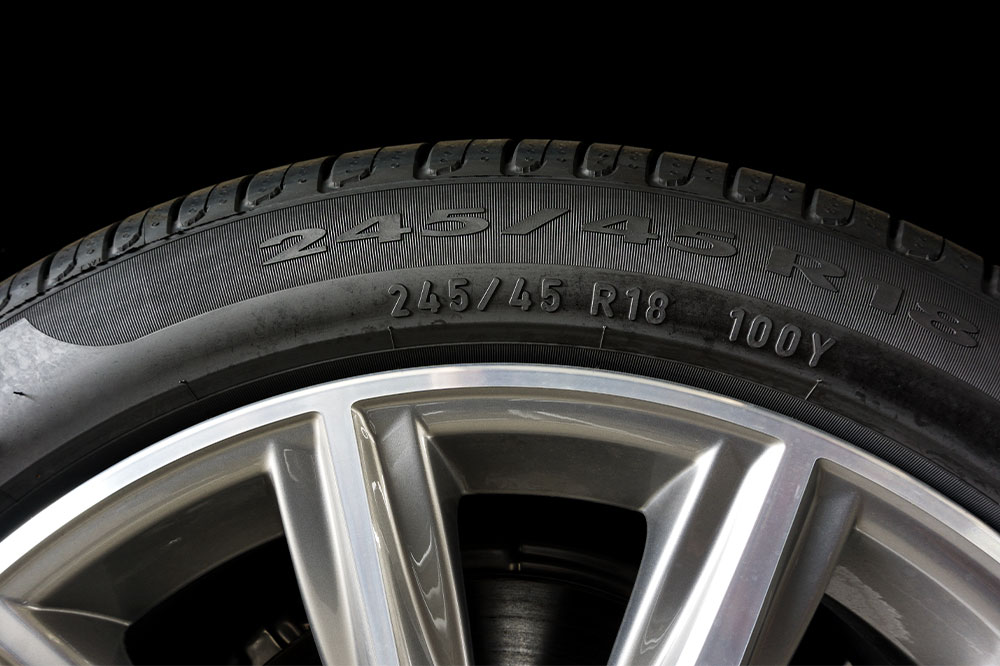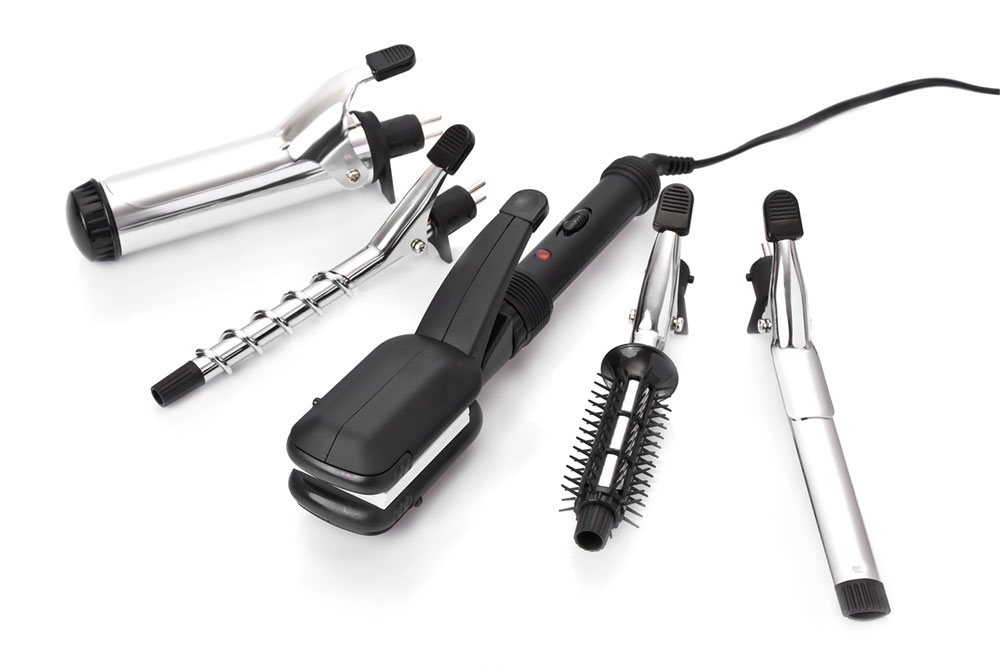Top 10 ways to manage hemorrhoids

Hemorrhoids (or piles) are swollen veins that form inside the rectum (internal hemorrhoids) or under the skin around the anus (external hemorrhoids ). The risk of this condition increases with age as the tissues supporting the anus weaken and stretch. This results in symptoms such as itching or irritation, pain, discomfort, swelling around the anus, bleeding during bowel movements, or even a hemorrhoid pushing through the anal opening (called a prolapsed hemorrhoid).
Managing hemorrhoids
Luckily, there are several ways to prevent or treat mild hemorrhoids at home. These include-
Eating high-fiber foods
Eating foods high in fiber is one of the best ways to soften the stools and make them easier to pass, easing the pain and stress of hemorrhoids. Some high-fiber foods one can add to one’s meal plan include wheat bran and shredded wheat, prunes, apples, pears, corn, barley, lentils, berries, artichokes, broccoli, tomato, citrus fruits, etc.
It is also important to avoid certain foods that can worsen constipation. These include processed and sugary foods like chips, packaged snacks, full-fat dairy, candies, chocolates, soda, sports drinks, etc.
Drinking lots of fluids
Another way to ease constipation is to increase fluid intake. According to leading government agencies, adults should drink 12-16 cups of water daily (96-128 oz.) on average. However, it is important to note that these numbers may vary depending on factors like gender, age, activity levels, weather conditions in the area where one lives, lifestyle, and overall health.
Exercising regularly
Exercising offers regular physical stimulation, making it an effective strategy for improving bowel movements and managing hemorrhoids. It is also a great way to improve abdominal strength and circulation.
However, not all forms of exercise affect the body in the same way. Some activities, such as horseback riding, cycling, and rowing/canoeing, can increase the pressure on the abdominal muscles and rectal area, causing more pain. To manage hemorrhoids, consider participating in controlled movement workouts such as yoga or pilates, as they give an individual necessary control over the movements. Similarly, water-based exercises such as swimming and water aerobics may help minimize hemorrhoid flare-ups.
Avoiding long periods of sitting
Sitting for a long time, especially on the toilet, can increase the risk of hemorrhoids. This is because of the unnatural shape of the toilet seat, which puts a lot of pressure on the anus and rectum, causing the veins to become swollen. To minimize this risk, take regular breaks from sitting and walk around for a few minutes.
Taking warm baths
A warm bath (also referred to as a sitz bath) can be instrumental in relieving the pain, itching, and discomfort associated with hemorrhoids. Sit in three inches of warm water for 15-20 minutes several times daily. The warmth of the water helps the sphincter muscle relax, which improves blood flow and circulation in the area. This helps reduce the sensation of itching. Do this in a bathtub, or invest in a small plastic tub that fits well over the toilet.
Icing it
Icing the area or using a cold compress can also be rather beneficial in helping reduce swelling and inflammation. Use a cold pack on the affected area for a few minutes several times daily to reduce the pain.
Wearing cotton clothing
One’s innerwear of choice also plays a huge role in determining overall comfort, especially with hemorrhoids. It is best to choose loose-fitting cotton underwear, as it keeps the area well-ventilated and avoids moisture build-up (which could worsen hemorrhoids).
Go to the bathroom immediately
Many people delay their visit to the bathroom despite feeling the urge to defecate. This can aggravate constipation, which may worsen hemorrhoids. If the urge hits, it is best to go to the bathroom and relieve oneself immediately.
Use soothing wipes to clean the area
After defecating, some people may feel a burning or itching sensation in the area. Using soothing wipes such as wet baby wipes, wet toilet paper, a washcloth, or witch hazel wipes can help calm the area. No matter what product one picks, one must use a gentle approach to clean the area. Do not rub it aggressively. Instead, gently pat the area to clean it.
Don’t scratch the area
Lastly, avoid scratching the area, as it could worsen the pain and irritation. Speak to the doctor regarding a moisturizing or hydrating cream that can help minimize the pain and soothe the area.



